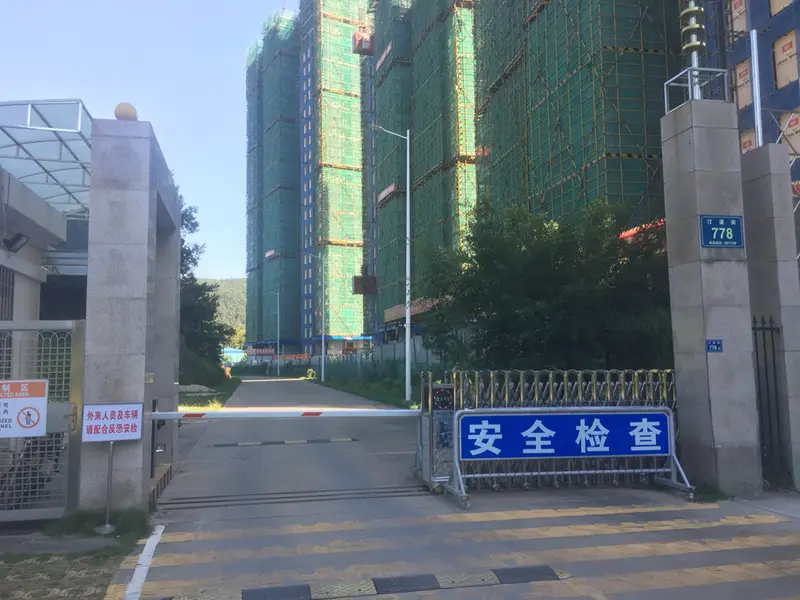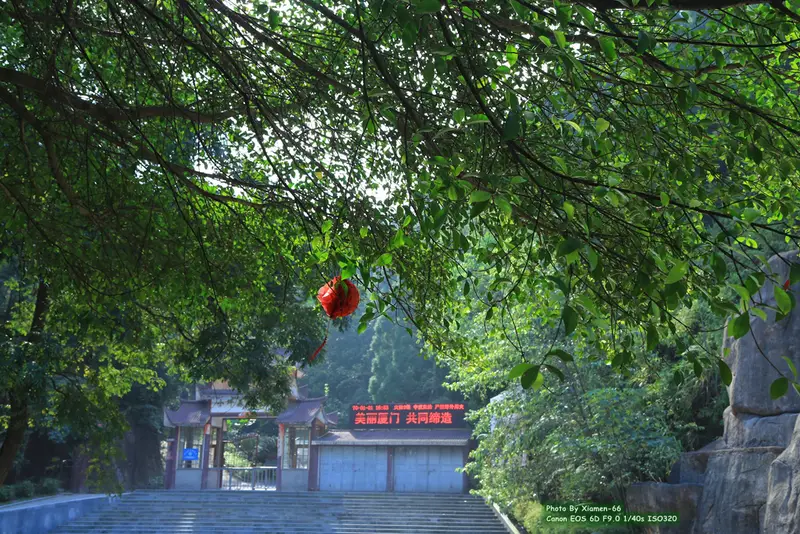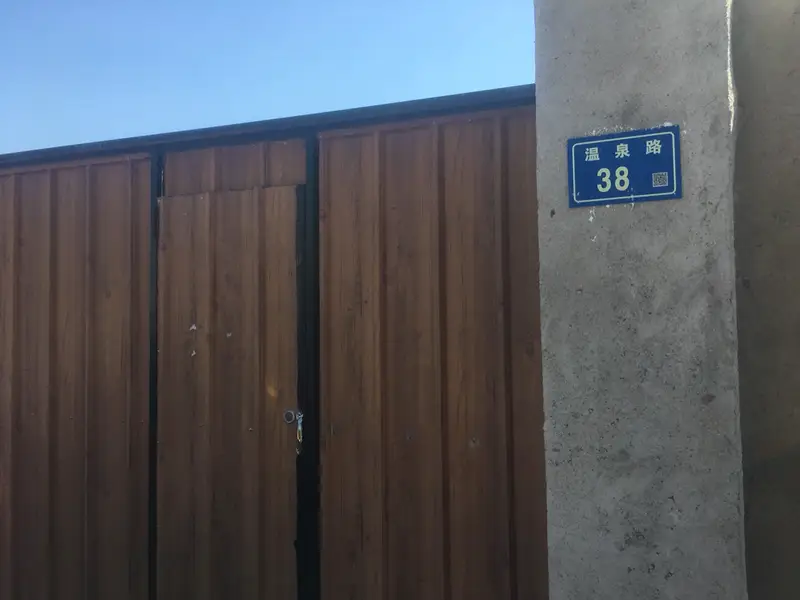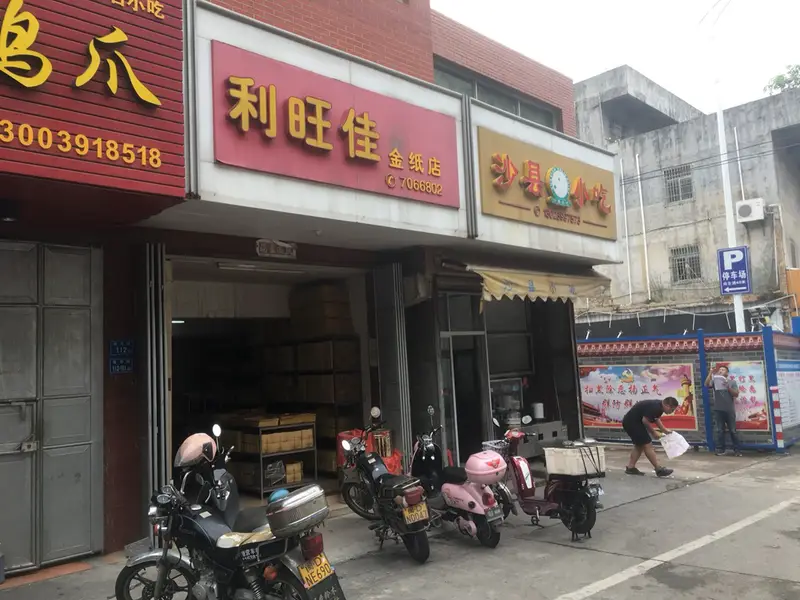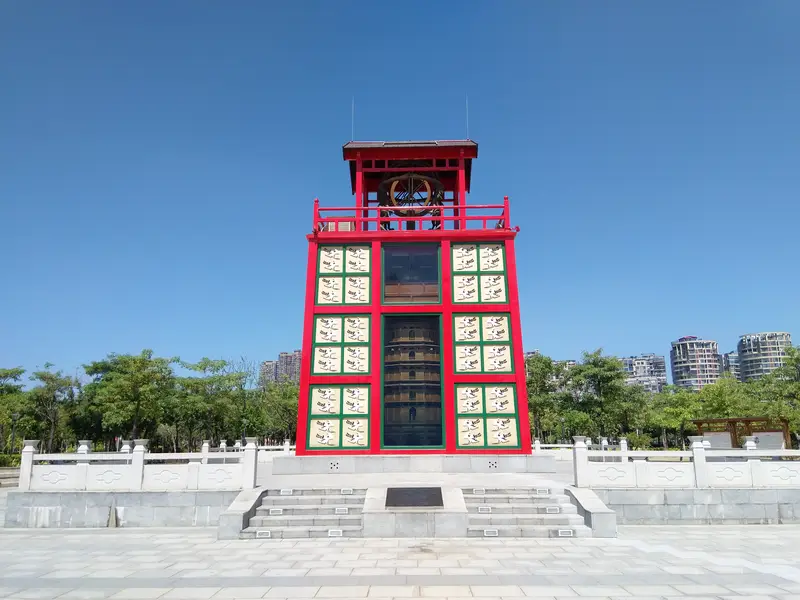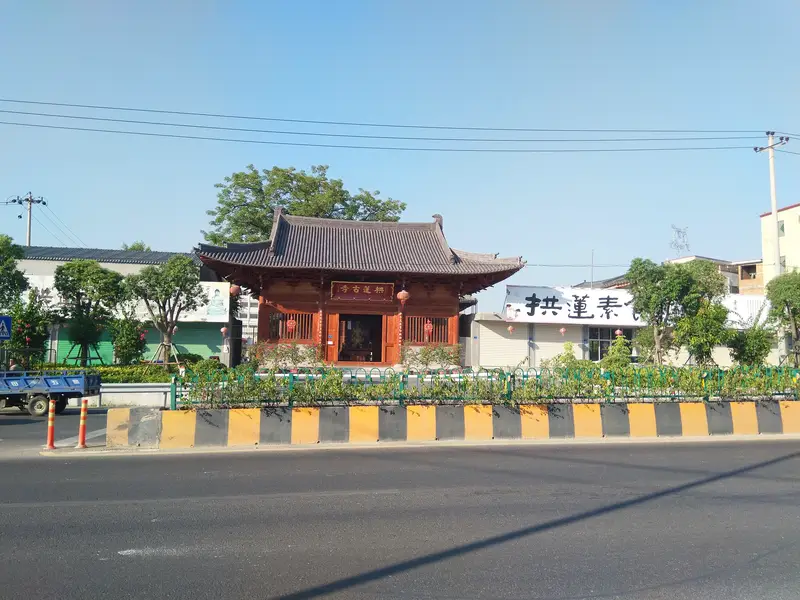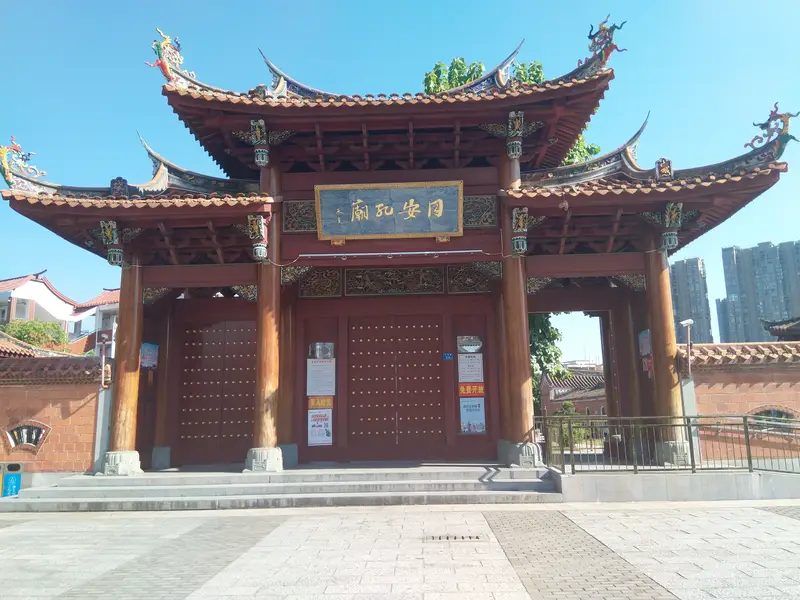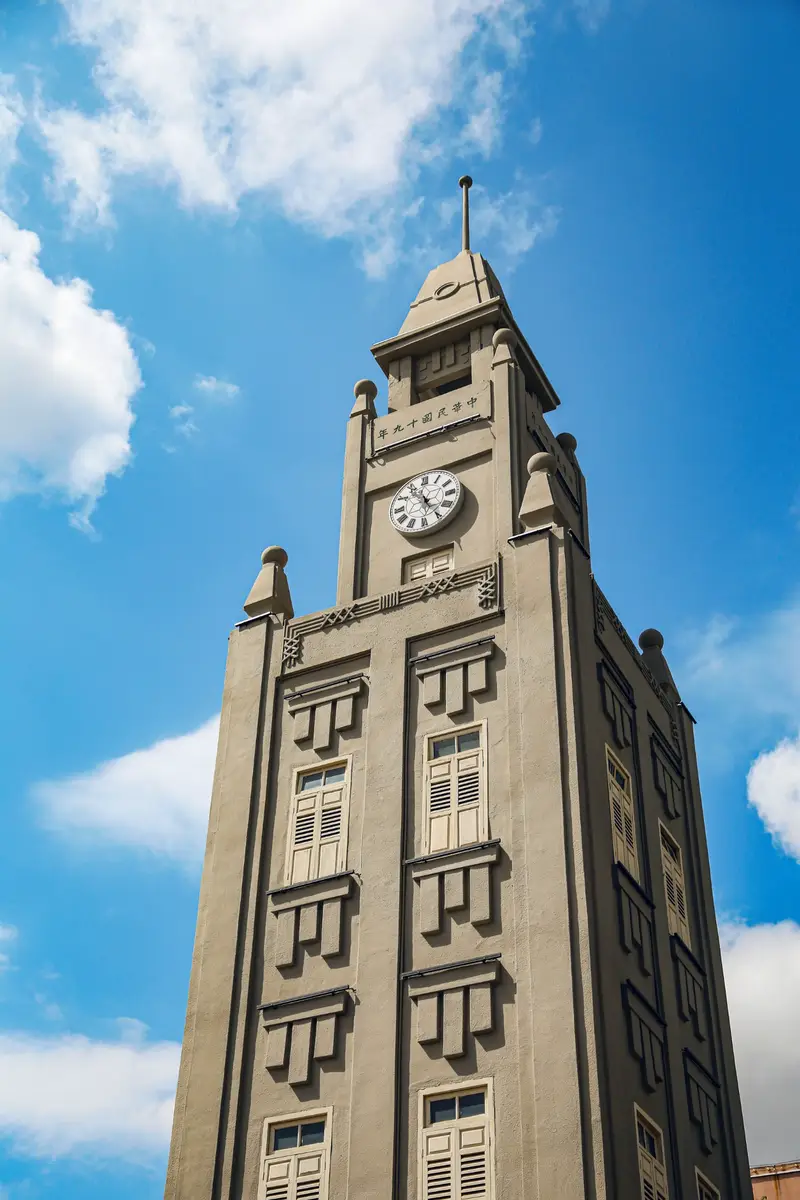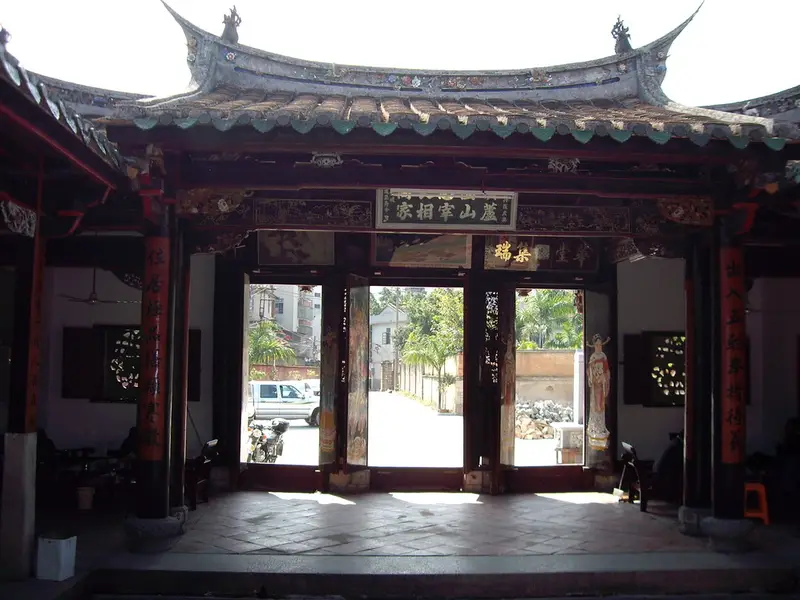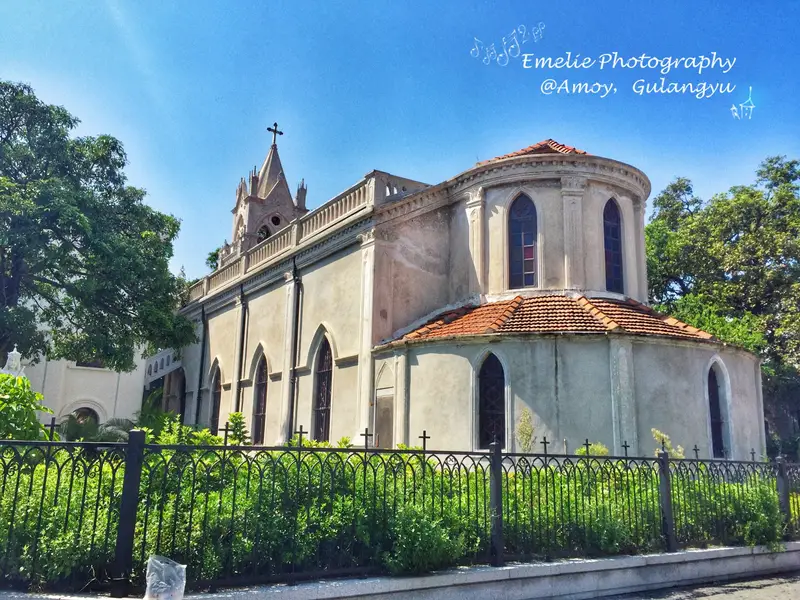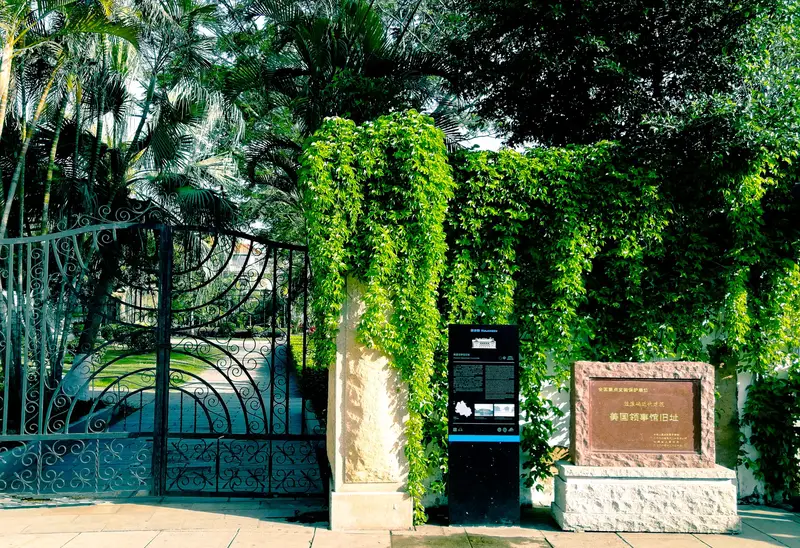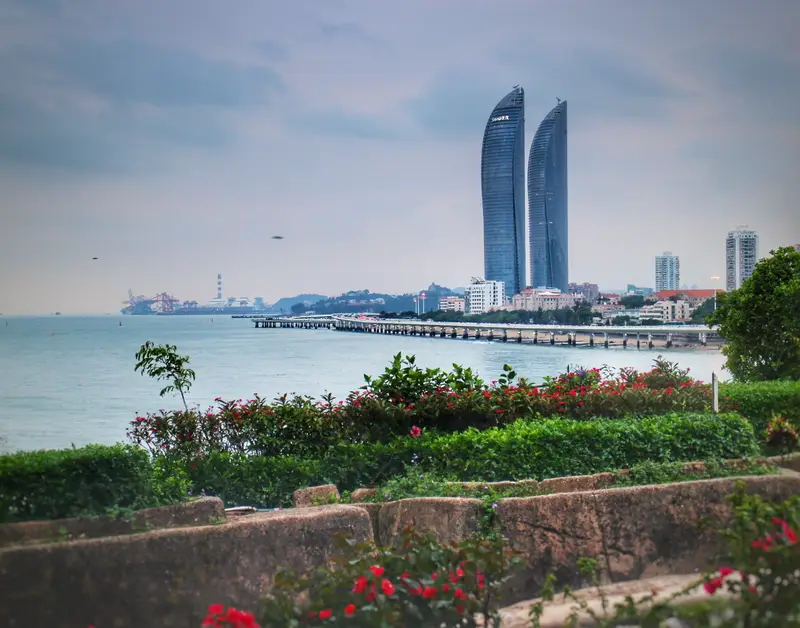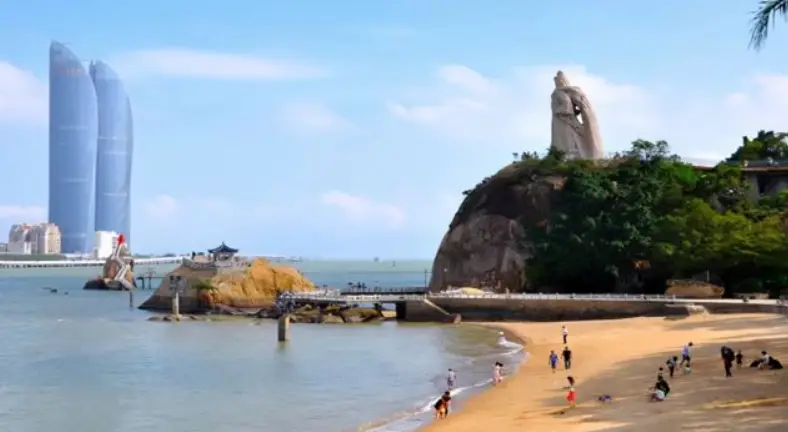Location & Transportation
The Song Dynasty Porcelain Kilns Site sits quietly by the western shore of Tingxi Reservoir in Tongan District, Xiamen. It’s about a 10-kilometer drive from downtown Tongan, surrounded by lush green hills and fresh mountain air. To get here, you can either take a taxi (about 30 minutes from downtown Xiamen) or rent a car—the winding roads by the reservoir make for a scenic drive. There’s a small parking lot near the entrance, but it’s wise to arrive early, especially on weekends.
Natural Scenery
Nestled between rolling hills and the shimmering waters of Tingxi Reservoir, the site feels like a hidden gem. In spring, wildflowers bloom along the trails, and the reservoir’s surface often mirrors the sky, creating perfect photo opportunities. The area is calm and peaceful, with birds chirping and a gentle breeze—ideal for a quiet escape from the city. Even if you’re not a history buff, the natural beauty alone makes it worth a visit.
Cultural Heritage
This isn’t just any old ruin—it’s one of the largest Song Dynasty porcelain workshops ever discovered! Archaeologists found it in 1956 while building the reservoir. Back then, it produced pearl-glazed ceramics (called zhu guang ci in Chinese), which were exported to Japan. You’ll still see ancient kiln tools like bricks, clay boxes, and bowls buried in the ground. Some say these kilns helped shape China’s reputation as the “Porcelain Nation” during the Song era.
Historical Vibes
The Song Dynasty was a golden age for Chinese ceramics. Unlike louder, more colorful Tang pottery, Song porcelain was elegant and subtle—think soft greens, whites, and grays. At this site, you can see how craftsmen blended art with everyday life. For example, they made simple bowls and plates, but with such care that even plain dishes felt like art. It’s crazy to think these objects were used in people’s homes centuries ago!
What to See & Do
- Kiln Remains: Walk among the ancient brick foundations and imagine workers firing kilns here. Some areas have replicas of tools and kilns to help visualize the process.
- Excavated Treasures: A small museum on-site displays bowls, jars, and pots dug up during research. The glazes still shine, even after all these years!
- Hands-On Fun: Try your hand at ceramic painting or wheel-throwing in a workshop nearby. It’s a fun way to connect with Song Dynasty traditions.
Visitor Tips
- Guided Tours: Staff offer free English-friendly tours, which really bring the history alive. Ask about the “pearl glaze” secret—it’s all about the minerals in the clay!
- Souvenirs: The gift shop sells mini replicas of Song ceramics and modern tea sets inspired by the designs.
- Picnic Spots: Pack a lunch! There are shaded areas by the reservoir where you can relax post-tour.
Why It’s Special
What makes the Song Dynasty Porcelain Kilns Site stand out? It’s not just history—it’s a window into how Chinese culture valued simplicity and nature. The Song people loved soft colors and natural shapes, much like the landscapes around the reservoir today. Visiting here feels like stepping back in time, but with the comfort of modern amenities nearby.
Whether you’re into history, nature, or hands-on activities, this spot has something for everyone. Just don’t forget your camera—the views (and ceramics!) are Instagram-worthy.


